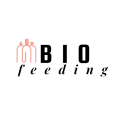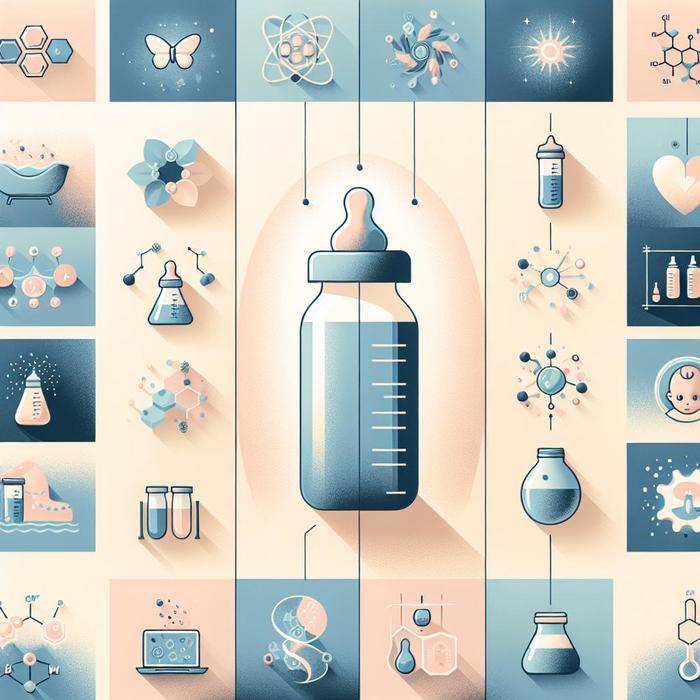Understanding the Science Behind Baby Bottle Safety
The Importance of Baby Bottle Safety
Ensuring baby bottle safety is a vital part of a newborn’s care. The choice of bottle, its hygiene level, and its impact on a baby’s sleep pattern can greatly influence the overall health and wellbeing of your child. For new parents, understanding the science behind the best practices and products can be a daunting task. However, it is essential to ensure the child’s safety and foster a healthy feeding habit.
Chemical Safety: BPA and Phthalates
Scientific studies have raised concerns about the presence of chemicals like BPA (Bisphenol A) and Phthalates in baby bottles. These chemicals can leach into the baby’s milk, especially when heated, posing potential health risks. Research has indicated that these chemicals might interfere with the body’s hormones, leading to developmental issues.
When choosing the best baby bottles, parents should look for products labelled as BPA-free and Phthalate-free. Several brands in the market have switched to producing baby bottles using BPA-free plastics or alternatives like glass and stainless steel to ensure baby bottle safety.
Hygiene and Baby Bottle Safety
Ensuring baby bottles are clean and sanitized is a crucial aspect of baby bottle safety. Unclean bottles can harbor bacteria, leading to infections and illnesses. The necessity of regularly cleaning and sterilizing baby bottles cannot be overstressed.
– Always rinse the bottle immediately after a feed
– Use a separate bottle brush to clean all parts of the bottle and teat
– Sterilize the bottle after every wash
It’s also important to replace bottles and teats regularly, as wear and tear can create small areas where bacteria can breed.
Baby Bottle Safety and Sleep
Interestingly, the type of bottle used can also affect a baby’s sleep. Certain designs of baby bottles can cause aerophagia (swallowing of air) leading to discomfort and interrupting baby’s sleep. For this reason, parents are advised to look for baby bottles that are specially designed to reduce air intake during feeding.
Examples of such bottles are ones with:
– Vent systems that remove air from the milk
– Angled design to promote upright feeding
– Special teat designs that mimic breastfeeding
Improving the quality of sleep, by using sleep-friendly baby bottles, not only makes the night easier for parents but also contributes to the baby’s development and growth.
Role of Baby Bottles in Attachment Parenting
Modern scientific feeding methods also consider the role of baby feeding in attachment parenting. The bond formed between parents and their child during feeding times is significant for the baby’s emotional development. Attachment theory in developmental science emphasizes the importance of physical closeness and responsiveness of the parents during feeding.
Choosing the right feeding bottle can greatly support this nurturing element of feeding. Some bottles are designed to facilitate a feeding position that encourages eye contact and cuddling, enhancing the bonding experience. Understanding and incorporating this aspect when selecting a bottle can contribute greatly to a child’s emotional security and psychological development.
Final Thoughts
Understanding the science behind the best baby bottles and baby bottle safety is essential to ensure your baby’s health and wellbeing. Always keep in mind the chemical safety, hygiene, sleep-friendly design, and nurturing features when choosing a baby bottle.
Key Factors to consider while Choosing the Best Baby Bottle
When choosing the best baby bottles, there are several factors that parents should consider asides from BPA and Phthalate-free labels. Here are some additional attributes to look out for:
- Type of Material: While plastic bottles are lightweight and inexpensive, they can scratch and house bacteria. Glass and stainless-steel bottles are non-toxic and can last longer, but they are heavier and more expensive.
- Size of the Bottle: Newborns tend to eat less, so a small bottle would suffice. As they grow, larger bottles will be necessary.
- Nipple Shape: Particularly for infants who are breastfed, a nipple shape that mirrors a mother’s breast can make transition between bottle and breastfeeding easier.
- Bottle Capacity: Go for baby bottles with measuring marks. They allow you to see how much your baby is drinking.
- Easy to Clean: Baby bottles with wide necks are easier to clean and reduce the risk of milk residue sticking to the sides.
- Vent System: Featuring in certain products like the Nanobebe Baby Bottle and the Dr. Brown’s Anti-Colic Bottle, it removes air from the milk and prevents swallowing of air which can lead to discomfort.
Preventing Bacteria Growth
Although regular cleaning and sterilization of baby bottles is essential, there are further steps parents can take to ensure the safety of feeding bottles. Refrigerating unused milk, using bottled milk within 24 hours, and checking used bottles for any residue can help prevent bacteria growth.
The Science of Baby Sleep and Baby Bottles
Parenting practices can significantly impact the sleep patterns of a baby. A recent study established that sustained and significant parental responsiveness can help infants develop better sleep patterns.
Baby bottle safety, particularly the use of sleep-friendly bottles, is one way of stimulating this responsiveness. A feeding night time routine that is consistent and calming can also assist in developing better sleep patterns.
Role of Baby Bottles in Minimizing Post-Feeding Discomfort
Post-feeding discomfort, like colic and gas, not only cause discomfort for the baby but also disrupt sleep. The right baby bottle can play a key role in minimizing this discomfort. Anti-colic baby bottles with vent systems or angled bottles that promote upright feeding can help reduce jaw fatigue and ear infections, increase comfort during feeding, and improve digestion.
In conclusion, understanding the science behind baby bottles and baby bottle safety is imperative for informed decision making. Be it the material of the bottle, the nipple design, the capacity, the ease of cleaning, or the vent system, each aspect plays a role in ensuring maximum safety and comfort for the baby. Remember, a safe and happy baby leads to a happier parenting experience.

